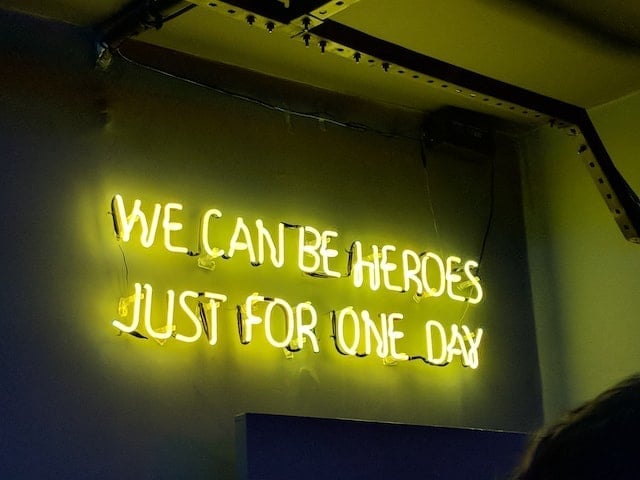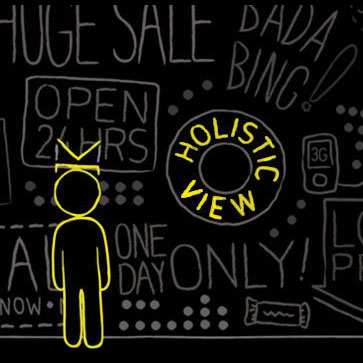Rising Stars - New IAB Ad Formats

Bigger, Bolder... Better?
Remember that feeling when a television commercial achieves the all-too-rare moment they all strive for, an emotional connection? How about the one you get when the heightened volume nearly blows out the windows?
For the brands behind the ads, it's a hit-or-miss proposition. But a "hit" can stay in the minds of an entire generation of viewers.
That's the kind of impact the online advertising industry is now going for, evidenced by six new formats recently approved by the Interactive Advertising Bureau (IAB). They are all bigger, bolder and, most Web marketers say, better.
But will the effect on users be that of a deeper emotional connection or just louder noise?
The IAB recently announced the new designs at its Leadership Conference in Laquinta, California. The six new formats were selected out of 36 entries to the Rising Stars competition submitted by 24 companies. The winners were all on the larger-than-life side in several respects, honoring a push from advertisers for louder messaging similar to that we now see on television.
The IAB says the Rising Stars contest was the final step in a movement toward greater creativity in online advertising that began in 2009. It also says that 11 of the 18 current IAB standard ad units have since been retired because of ineffectiveness and lack of use, and some will be replaced by these more brand-friendly formats.
The winning ads were submitted by YouTube, AOL, Microsoft, Unicast, Pictela and Genex, and all were judged by a cross-disciplinary group of agency creative directors, media executives, publishers and ad operations specialists who graded the ads on their potential to drive brand equity at scale.
The new formats were also judged on their branding ability, user experience, functionality, page integration and potential rate of adoption by publishers.
Each winning entry included high-resolution, interactive elements such as videos, games and shopping capabilities, and the new formats go by the names of Portrait, Slider, Billboard, Filmstrip, Pushdown and Sidekick. Throughout the year, the IAB will evaluate the adoption rate of the winners by website publishers to determine which ones become part of its official lineup.
Google has already been running its new ad format on the YouTube home page, called a Billboard because the major movie studios have been using it to show their trailers. In addition to the full-page width of the ads, one of the things that appealed to the IAB was the ability for users to close the ads with a single click.
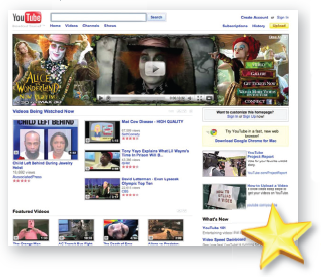
From AOL's Project Devil comes the Portrait format, which is a relatively massive 300 x 1,050-pixel unit designed with plugand- play functionality. The IAB selected this unit not only for its large canvas but also because the judges said it balances well with the content of a Web page.
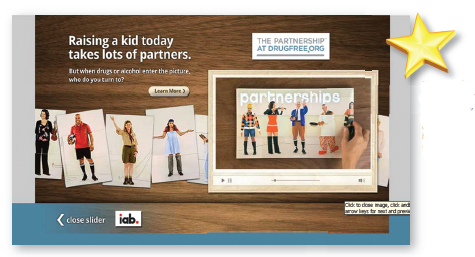
Another format gaining a lot of attention lately is the Filmstrip from Microsoft. On a 300 x 3,000 unit, the ads are viewable through multiple 300 x 600 windows that are fully controlled by the user - answering to the IAB's call for a more emotional and engaging brand experience without taking away from the publisher's content.
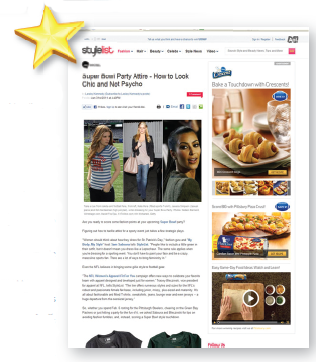
"In the constant ebb and flow of creative brand advertising online, one thing is clear from the Rising Stars submissions," says Peter Minnium, a judge in the competition and former managing director of Lowe Worldwide. "If the creative community and the brands they represent are inspired by the canvas they are given, we are set to experience a renaissance of more and better brand advertising on the Web."
The real test for the new ad units will come from the publishers who choose to adopt them or not. And they, of course, are ultimately judged by users.






